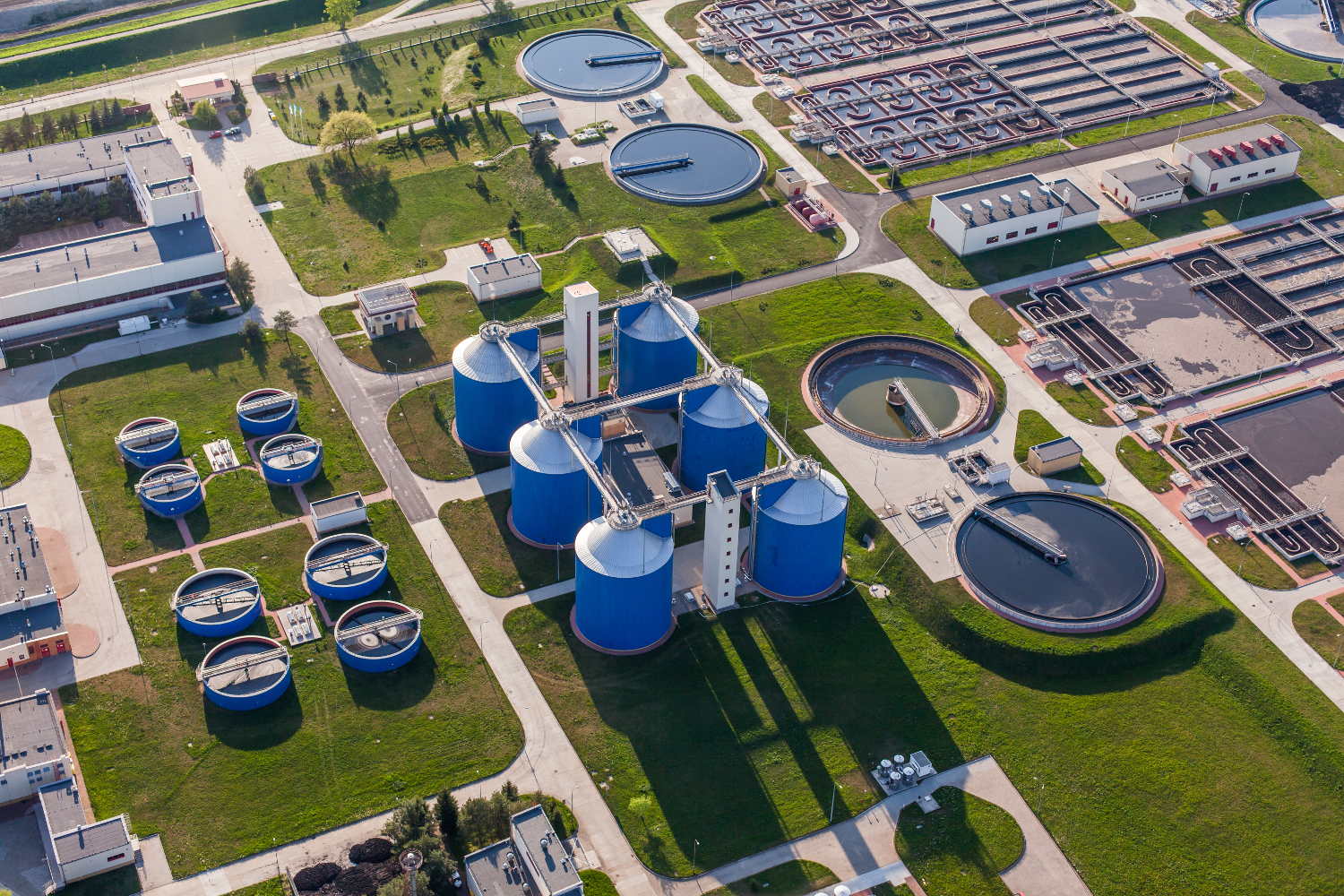A critical step in maintaining the safety and purity of our drinking water is drinking water treatment. Physical, chemical, as well as biological treatments, are utilized in the procedure to clean up pollutants and toxins from raw water sources so that it is suitable for drinking.
Surface water via rivers, and lakes, including reservoirs along with groundwater from wells and aquifers are both potential sources of raw water. Raw water can, though, include a wide range of contaminants, which include those that pose a serious threat to public health, such as bacteria, viruses, parasites, algae, minerals, and both inorganic and organic substances.
Table of Contents
Drinking Water Treatment Procedure
The following steps are commonly included in the drinking water treatment procedure:
Coagulation
The process of treating water starts with something that’s termed “continuous coagulation.” During the phase known as “coagulation,” positively charged chemicals may still be able to dissolve in water. The positive charge of the water acts as a counterbalance to the negative charge that is carried by the dirt and other particles that are dissolved in the water.

Flocculation
Flocculation is followed by coagulation. Flocculation is a method that involves progressively mixing water to produce bigger, heavier particles called flocs. At this stage, water treatment facilities often add additional chemicals to help in the development of the flocs.
Sedimentation
Sedimentation is a method used only in water treatment facilities to remove contaminants from the water. Due to its greater density compared to water, floc settled to the bottom of the pond during the sedimentation process.
Filtration
It is possible to filter out any remaining sediment from the clean water at the top of the tank as the flocs sink to the bottom. The purified water goes through a series of filters with successively finer and coarser media. Parasites are a kind of soluble pollution that may be filtered out along with bacteria, viruses, dust, and chemicals. In addition, activated carbon filters might mitigate any lingering scents.
Disinfection
The water may be treated with chemical disinfectants (such as chlorine, chloramine, or chlorine dioxide) at the end of the purification process in order to kill any lingering parasites, bacteria, or viruses. Water is checked for residual disinfectant chemicals before being distributed to residents. This contributes to making the water supply safer for human consumption. The disinfectant used in the water treatment process still remains in the pipes, killing any bacteria or viruses that may have made it through.
Remembering that the specific procedure can change depending on the area, water supply, and treatment facility is crucial.

Role in Providing Safe Water
It is impossible to overestimate the importance of drinking water treatment in delivering clean water. Untreated raw water may include dangerous contaminants like bacteria, viruses, chemicals, and other pollutants that can harm one’s health. These impurities are eliminated throughout the treatment process, making the water safe for consumption.
The treatment enhances the water’s taste, odour, and appearance and makes it safe to drink. This may motivate them to increase their water intake, which is crucial for optimum health.
Overall, ensuring that households and communities have access to safe and clean drinking water is made possible through the drinking water treatment process.
Conclusion
In conclusion, the process of drinking water testing is crucial in ensuring that communities all over the world have access to safe and clean water. The manner of treatment has changed over time, and technological developments have produced more efficient treatment techniques, like membrane filtering and ultraviolet disinfection. Even with these advancements, there are still problems, especially in underdeveloped nations where access to clean water is poor, and infrastructure needs to be improved.
Ultimately, it is crucial to provide access to clean drinking water. Human health and well-being depend on having access to clean water, and the purification process is crucial to ensuring that the water is suitable for human consumption. In light of this, efforts should be made to provide access to clean water, especially in marginalized regions, and promote the creation of new and more efficient treatment techniques.
FAQ’s
- What role does the water filtration system serve?
Water treatment cleans and disinfects the water to make it suitable for consumption as well as other uses. Sadly, almost 2 billion people worldwide either consume polluted water or obtain it from contaminated and unsafe sources.
- What is the most crucial reason for drinking water treatment?
In addition to helping to remove potentially hazardous contaminants, water filtration can enhance the taste, odor, as well as the appearance of the water you drink.
- What is another name for water treatment?
The goal of sewage treatment, which is a subset of wastewater treatment, is to reduce water pollution by cleaning sewage to generate effluent that can be reused for certain uses and then released into the environment.


